Indeed, garments play several essential roles in modern society. For instance, encompassing culture, identity, economy, and communication. Here are some key roles of garments in the modern global world;
First, Garments Present the Role of Expression of Identity in Modern Society.
First and foremost, garments mean for individuals to express their identity, cultural heritage, and sense of style. Often, people choose clothing that reflects their personality, values, and beliefs. Indeed, allowing them to showcase their uniqueness within society.

Second, Garments have Social Significance in Modern Society.
Furthermore, clothing acts as a social signifier, conveying information about a person’s social status, profession, or group affiliation. Hope so, garments may be associated with specific social groups, subcultures, or occupations, influencing.
Especially, how individuals are perceived and interacted with in social contexts.
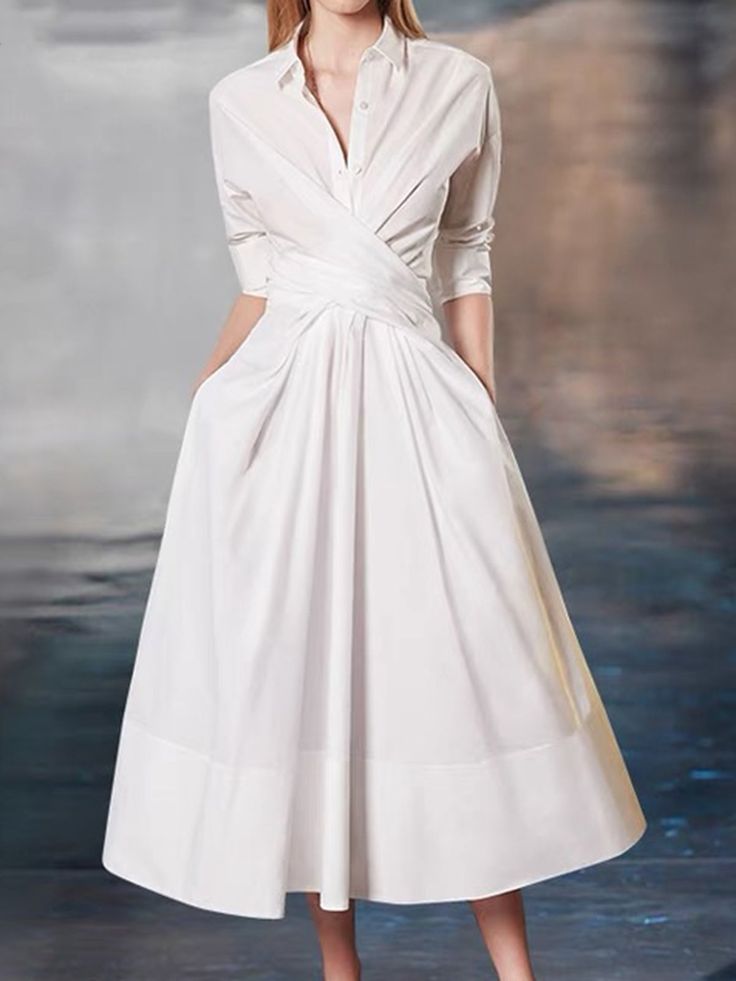
Third, Garments Play the Role of Cultural Representation in Modern Society.
Additionally, garments reflect the cultural diversity, traditions, and aesthetics of different societies. Certainly, traditional clothing styles and textiles carry significant cultural meaning and symbolism.
Collectively, preserving and celebrating unique cultural identities and practices.

Fourth, Garments have an Economic Impact on Modern Society.
Moreover, the textile industry is a major contributor to the global economy, generating employment, revenue, and economic growth.
According to various sectors, including design, manufacturing, retail, and distribution. Significantly, it creates opportunities for businesses, entrepreneurs, and workers worldwide.
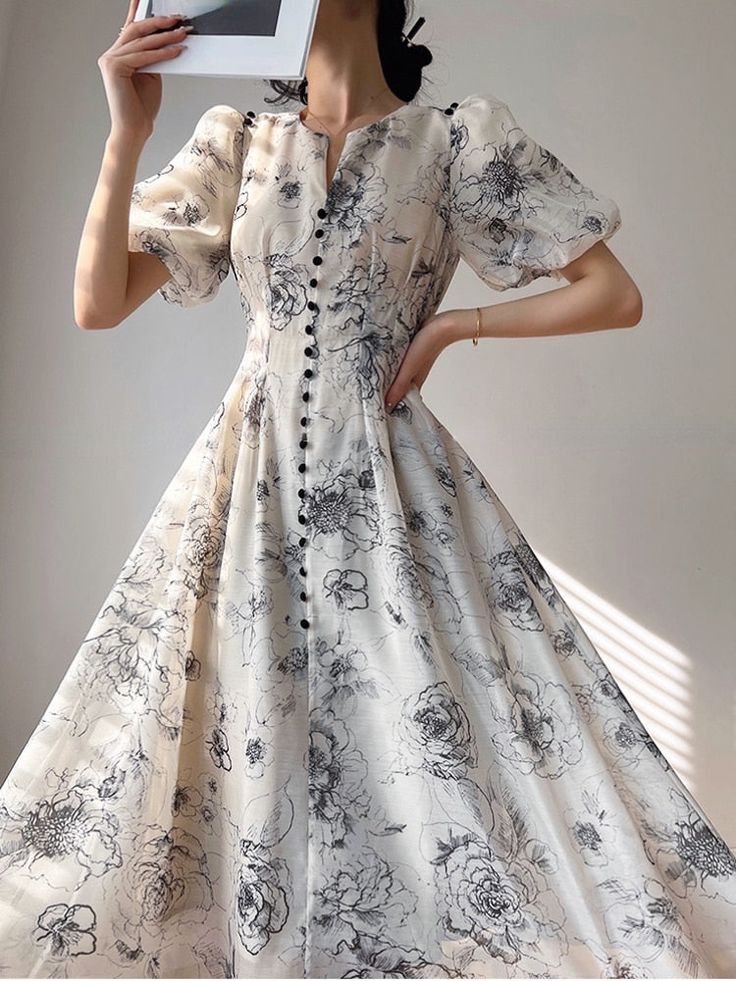
Fifth, the Role in Fashion Trends and Consumer Behavior.
Notably, garment plays a pivotal role in shaping fashion trends and influencing consumer behavior. Apparently, fashion designers, influencers, and media platforms drive the dissemination of trends.
Progressively, impacting what people wear and purchase. Undoubtedly, this dynamic cycle of consumption drives the evolution of the fashion industry.
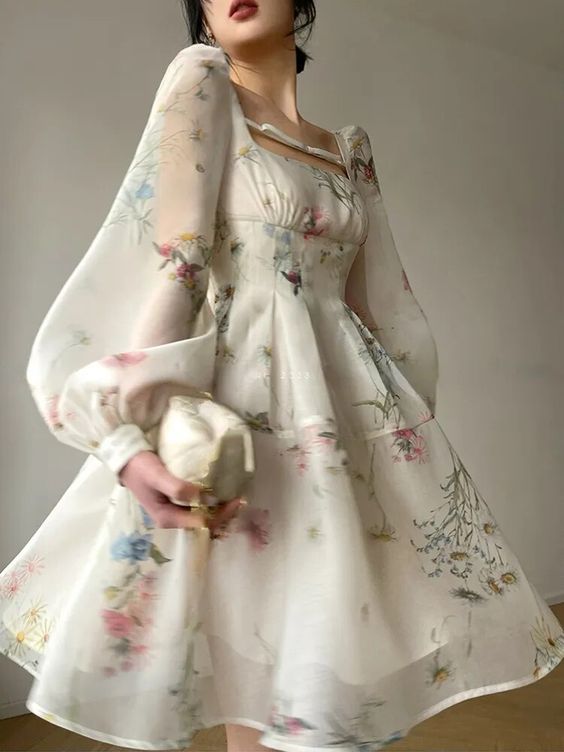
Sixth, Communication and Non-verbal Expression.
Additionally, clothing serves as a form of non-verbal communication, conveying messages about a person’s mood, personality, and intentions.
Constantly, fashion choices can send signals about one’s confidence, social status, and cultural affiliations. Connectivety, they facilitate social interactions and connections.

Next, Self-Expression and Empowerment.
Equally important, for many individuals, clothing serves as a tool for self-expression, empowerment, and self-confidence. It seems, people use pieces of garment to assert their individuality, creativity, and sense of agency.
Overall, enhancing their well-being and self-esteem.
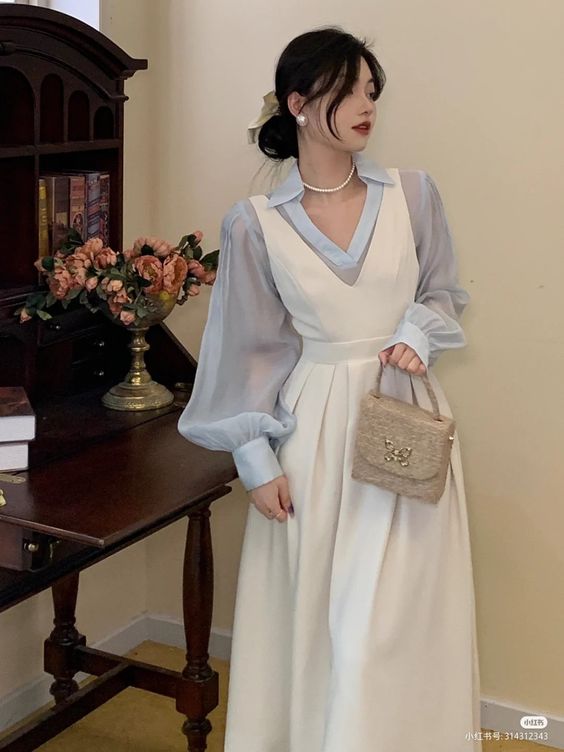
Last, Environmental and Social Impact.
Lastly, the clothes industry’s production has significant environmental and social consequences. Increasing awareness of sustainability and ethical practices.
Ultimately, this has led to a growing demand for eco-friendly and socially responsible garments. Hence, influencing industry practices and consumer choices.
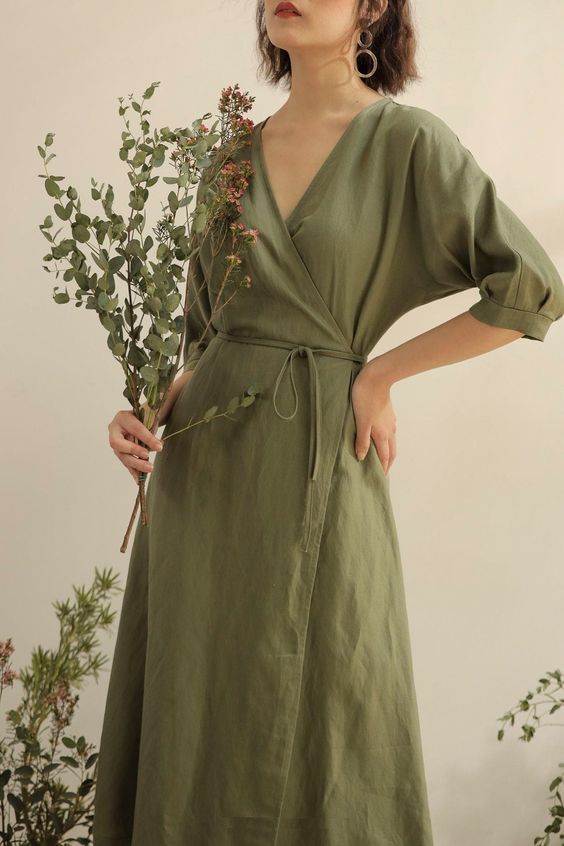
Overall, clothes play multifaceted roles in modern society. For instance, influencing cultural norms, social interactions, economic activities, and individual identities.
Their impact extends beyond mere clothing, shaping attitudes, behaviors, and perceptions in diverse ways.
Author: Dr. Rabia Syeda
Photos by Instagram
Recommend0 recommendationsPublished in apparel, Bathing Suits, Bridal, celebrity fashion, Hairstyles, Health, Jewelry, Makeup, Our Fashion Passion, Petite, Plus Size, Pop Fashion, Shoes, Skin Care, street style




